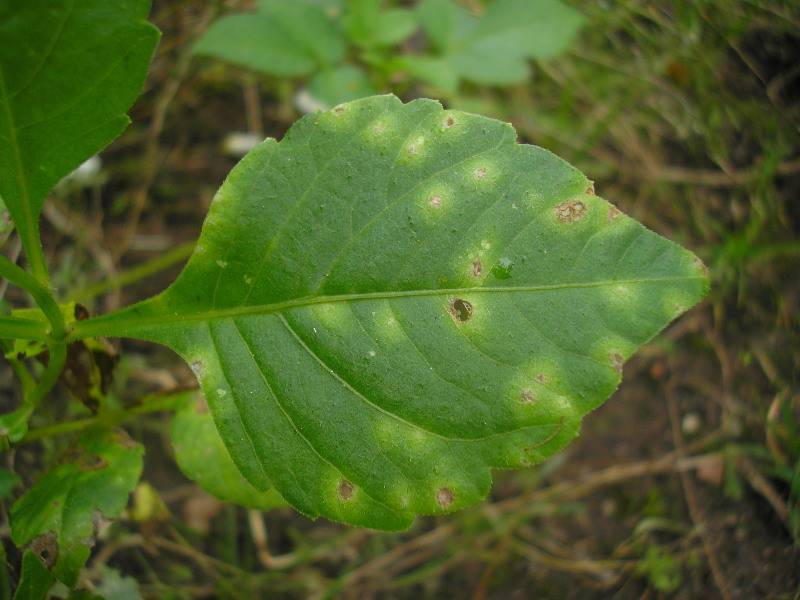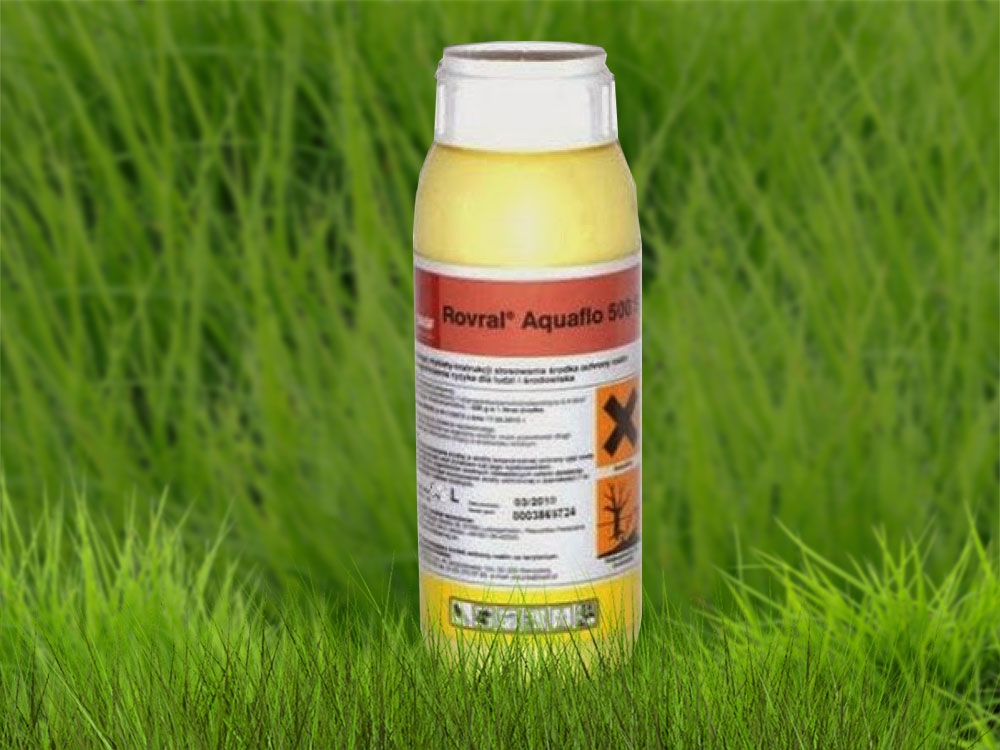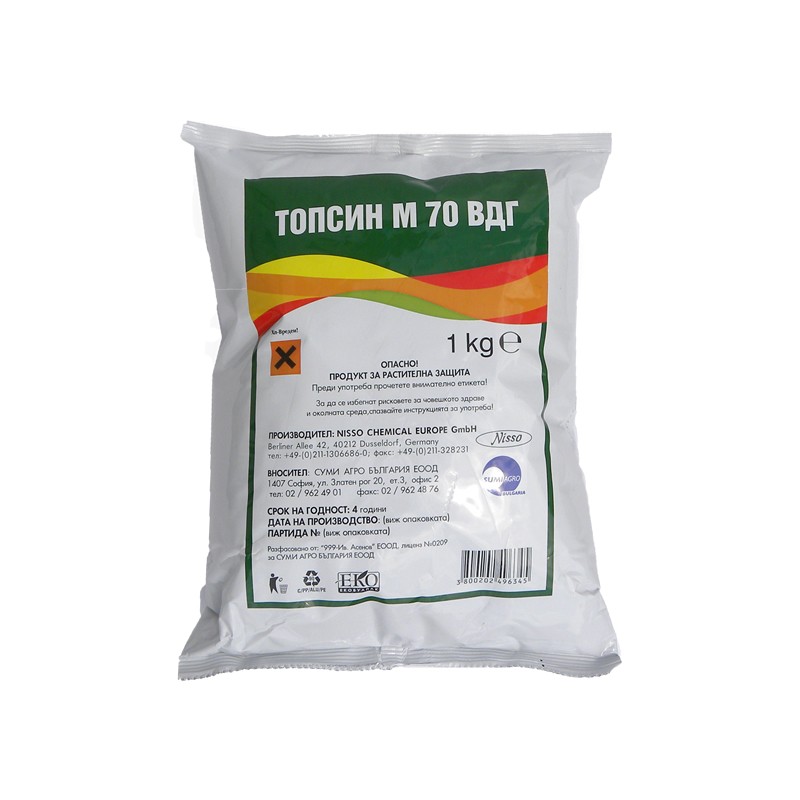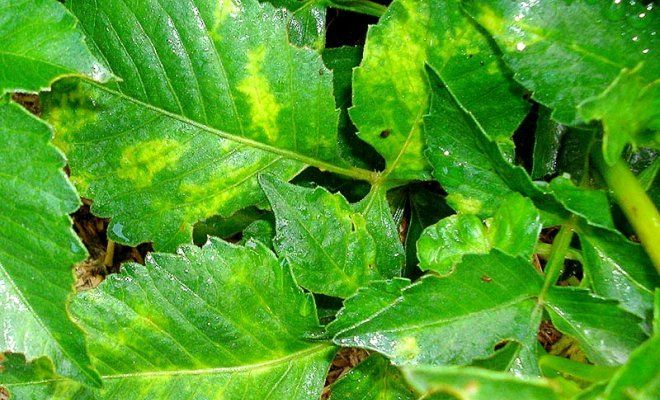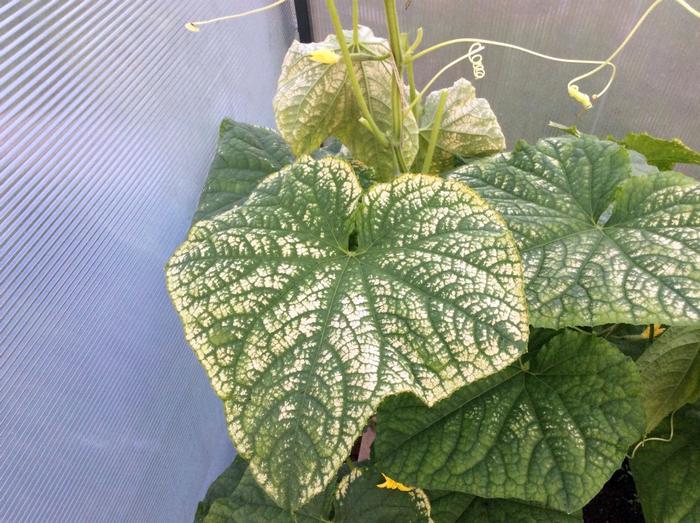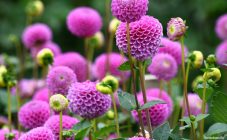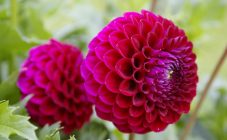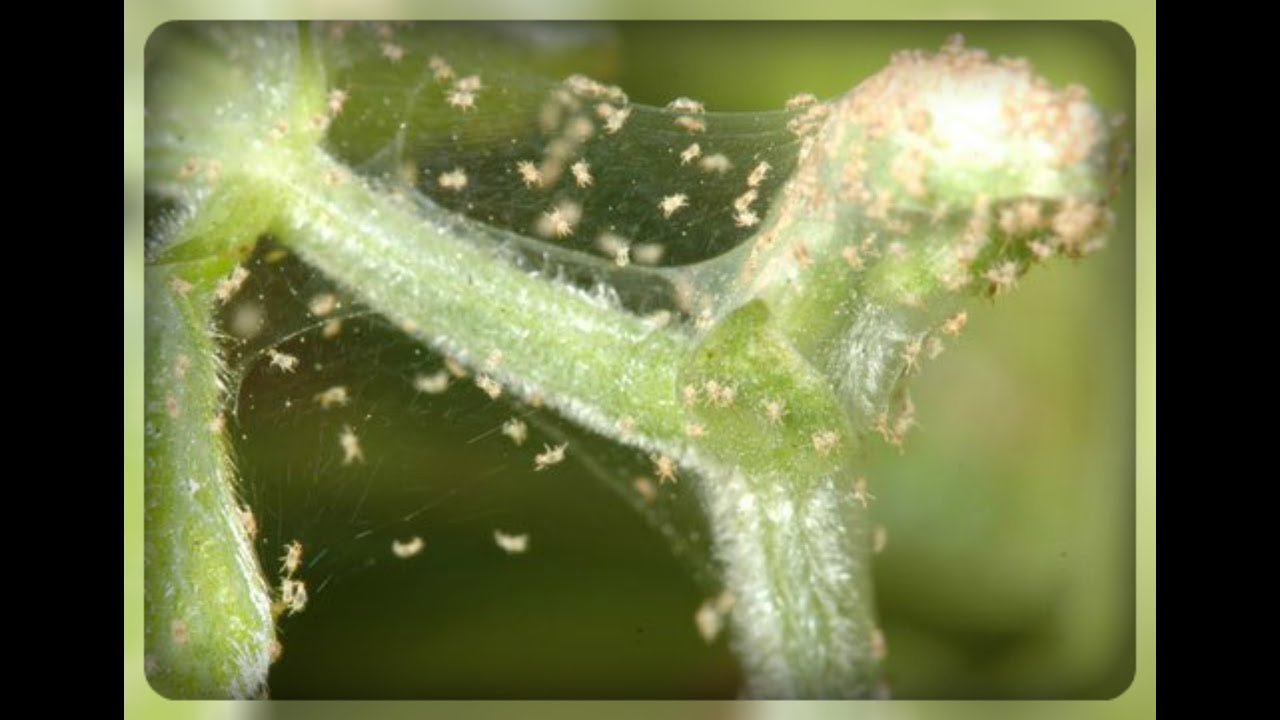Content:
Dahlias are flowering annuals and perennials belonging to the Astro family. They are very common in domestic summer cottages and household plots. This is due to unpretentious cultivation and good decorative properties.
But every gardener should know that all varieties of dahlias are susceptible to viral, fungal, parasitic and infectious diseases. When an anomaly is detected, you should not immediately destroy the culture, because many diseases of dahlias are treatable.
To prevent their development, the gardener must follow all preventive measures. Dahlia diseases and their treatment, prevention is the topic of today's article.
Dahlias: pests and diseases, causes of damage
The wilting of a flower, unfortunately, can be observed from a large number of diseases and pests. Most often, dahlias are exposed to fungal diseases, if you start to treat the plant in a timely manner, then in the struggle, victory will be on the side of the agronomist.
Leaf spot
A common question is why the leaves of dahlias turn yellow. Yellowing is often caused by a disease called spotting.
The causative agent is a pathogenic fungus. The main signs of development are the formation of spots of yellow-green color on the leaf plates. With the progression of the disease, the spots increase in size, a pronounced edging is observed.
The leaf can turn yellow due to dense planting, poor ventilation between the plants. For the treatment of the disease, fungicide preparations are used, for example, Fundazol and Oxyhom. It is advisable to irrigate healthy bushes, patients burn them.
Gray rot
A fairly common disease caused by a pathogenic fungus. The first obvious symptom of the development of gray rot is the formation of brown spots on the lower leaf plates; with the progression of the disease, the whole plant is affected. It is the gray rot that is responsible for the question of why the leaves of dahlias curl.
The disease leads to drying of not only the leaves, but also the buds, an active deformation of the peduncles occurs. If a pathogenic fungus infects a plant during its flowering, then water spots form on the flowers, due to which they rot.
The main cause of damage is excessive moisture and a complete lack of vegetation care. Dahlia withers, what to do? For the fight, it is advisable to use fungicides, for example, Rovral, Topsin, Benleit and Fundazol.
Fusarium wilting or verticillosis
Diseases with an identical clinical picture. Moreover, it is caused by another pathogen.
During the defeat, the entire blow falls on the root system and tubers, they actively begin to rot. As the disease develops, the leaves wither, the buds dry out. The affected flowering plant is covered with a characteristic brown or pink bloom.
The provoking factor is again excessive moisture and poor ventilation between the plants. It is not advisable to treat the affected plants, they must be removed and burned. To prevent healthy plants, they are irrigated with fungicides.
Brown rot
A common pathology, affecting mostly young plants that are at the beginning of the growing season.The main reason for the development of pathology is the excessive depth of the landing. For treatment, fungicides are used.
Incurable diseases
There are a small number of diseases that, alas, do not respond to treatment.
Let's consider each in more detail:
- Mycosis.
The main symptom is the wilting of the bush, as from a lack of moisture: the plant turns yellow. To make sure that the diagnosis is correct, it is necessary to water the dahlias abundantly and monitor their condition. If at the end of the day the plants do not recover, then this is 100% mycosis. The disease cannot be treated, so it is necessary to immediately dig up the affected plants and burn them. You cannot plant anything on this land for the next 4 years. - Mosaic virus.
It is accompanied by the formation of yellow or green stripes on the leaf plates. If the listed symptom has been identified, then the plants must be urgently dug up and burned. Only in this way can the likelihood of spreading infection be reduced. - Tuberous galls.
Accompanied by the formation of nodular warts on the root collar. The affected culture must be dug up as soon as possible. For the next few years, nothing can be planted in this place; before planting, it must be treated with disinfecting drugs.
Pests of annual dahlias and perennials
If the dahlias have black insects, there is a high probability that they were affected by a colony of aphids. It is quite simple to identify them, when the leaves are damaged, yellowness appears, they curl. Also, you can pay attention to the adhesive surface of the sheet plate. These sucking parasites are carriers of fungal and viral diseases, which can significantly aggravate the situation.
Aphids on dahlias, how to fight? If the colonies have not grown much yet, then it is enough to cut off the leaves where they live. If there are a lot of them, then it is advisable to irrigate the bushes with insecticides or a concentrated solution of green soap.
Strawberry nematodes feed on many parts of the plant, but primarily infect leaves, petioles and buds. With their appearance, light necrotic foci begin to appear on the reverse side of the leaf plate. Insects can survive the winter in the buds of the tubers of a blooming culture. Sometimes there are other varieties of this species that affect the root system. The main symptom of their presence is the curvature of the stems, developmental lag.
Plant bugs feed on leaf juices, against the background of this, the plant is deficient in nutrients. On damaged foliage, brown spots with a characteristic yellowish tint are formed. If measures are not taken in a timely manner, the leaves will wrinkle and burst.
If the insect is detected at the initial stage, then treatment with a concentrated solution of green soap will be sufficient. In case of severe damage, it is necessary to use more powerful chemicals. Treatment is recommended in the early morning, since the bugs are motionless at this time.
Prevention
Dahlia tubers must be treated with sulfur or fungicide solutions before planting. It is enough to keep the planting material in the solution for 10-15 minutes.
After processing, the tubers should be thoroughly dried. For this, it is recommended to lay out the planting material on a wooden surface, newspaper or cardboard.
Drying tubers on concrete surfaces is strongly discouraged. This is due to the fact that concrete absorbs moisture, which can cause the tubers to shrink. If several varieties are being prepared for planting, then several containers with a solution must be prepared.
Preventive measures largely depend on the region of growth. To reduce the likelihood of developing diseases and pest attacks, it is recommended to follow all agrotechnical rules and observe crop rotation.
Many gardeners, especially beginners, are wondering how to treat dahlias from pests and how to get rid of the disease. There are many therapeutic approaches, but the most effective is complex.
